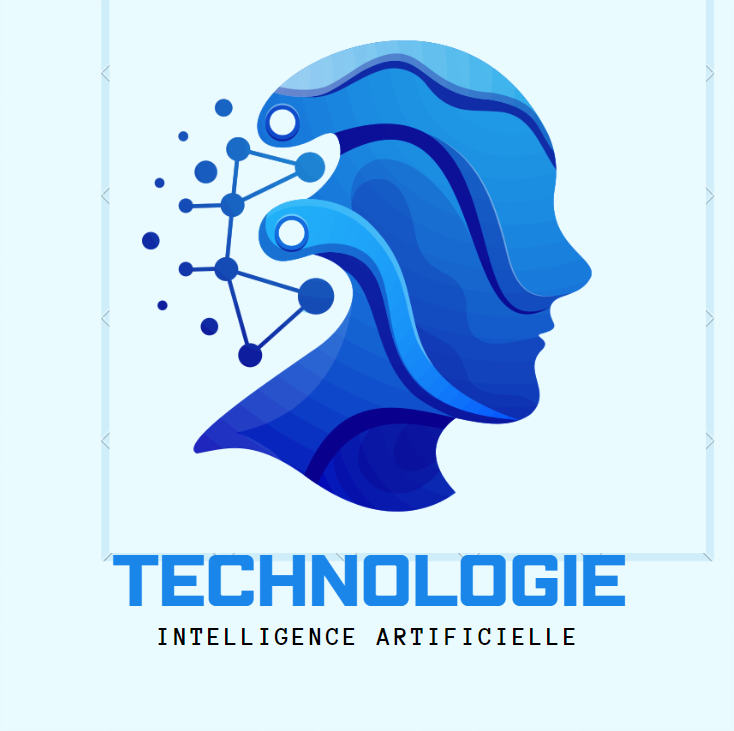Deepfake Technology
Deepfake technology, a portmanteau of "deep learning" and "fake," represents a sophisticated form of artificial intelligence (AI) manipulation that enables the creation of hyper-realistic audio and video content. Leveraging deep learning algorithms, deepfake technology can seamlessly superimpose faces onto other bodies, manipulate facial expressions, and even synthesize speech, resulting in convincing but entirely fabricated multimedia content.
 |
| Deepfake Technology-discuss the ethical and societal consequences of AI-generated synthetic media |
While it holds promise for various applications such as entertainment and digital effects, deepfakes also pose significant ethical and security concerns, including the potential for misinformation, identity theft, and erosion of trust in media. Understanding the capabilities and risks associated with deepfake technology is crucial in navigating its impact on society and technology.
What is a deepfake AI?
Deepfake AI refers to artificial intelligence technology used to create or manipulate audio, images, and videos to make them appear genuine, even though they are not. Deepfake algorithms use deep learning techniques, particularly generative adversarial networks (GANs), to swap faces, mimic voices, or generate entirely synthetic content. These technologies have both positive and negative applications, from entertainment and creative expression to potential misuse for spreading misinformation or creating non-consensual pornography.
What is a deepfake computer?
What is deepfake and how does it work?
Deepfake technology involves using deep learning algorithms, particularly generative adversarial networks (GANs), to create realistic but entirely fabricated audio, images, or video content. Here's how it works:
- Data Collection: Initially, a large dataset of images and/or videos featuring the target person is collected. This dataset serves as the basis for training the deepfake model.
- Training the Model: Deepfake algorithms, often based on GANs, are trained using this dataset. GANs consist of two neural networks: a generator and a discriminator. The generator creates fake content, while the discriminator tries to distinguish between real and fake content. Through iterative training, the generator improves its ability to create increasingly convincing deepfakes, while the discriminator learns to better distinguish between real and fake content.
- Face Swapping: Once trained, the deepfake model can generate new content by swapping faces from the dataset onto other bodies or scenes. This involves aligning and blending the facial features of the target person onto the source video or image.
- Refinement and Realism: Various techniques, such as landmark detection and image blending, are employed to refine the deepfake and enhance its realism. This may include adjusting facial expressions, lip movements, and other details to make the generated content appear as authentic as possible.
- Audio Synthesis (optional): In some cases, deepfake technology is also used to synthesize realistic audio content, enabling the creation of videos where the target person appears to be speaking or singing words they never actually uttered.
Overall, deepfake technology relies on advanced AI algorithms and extensive training data to create convincing but entirely fabricated multimedia content, often with the intention of deceiving viewers.
